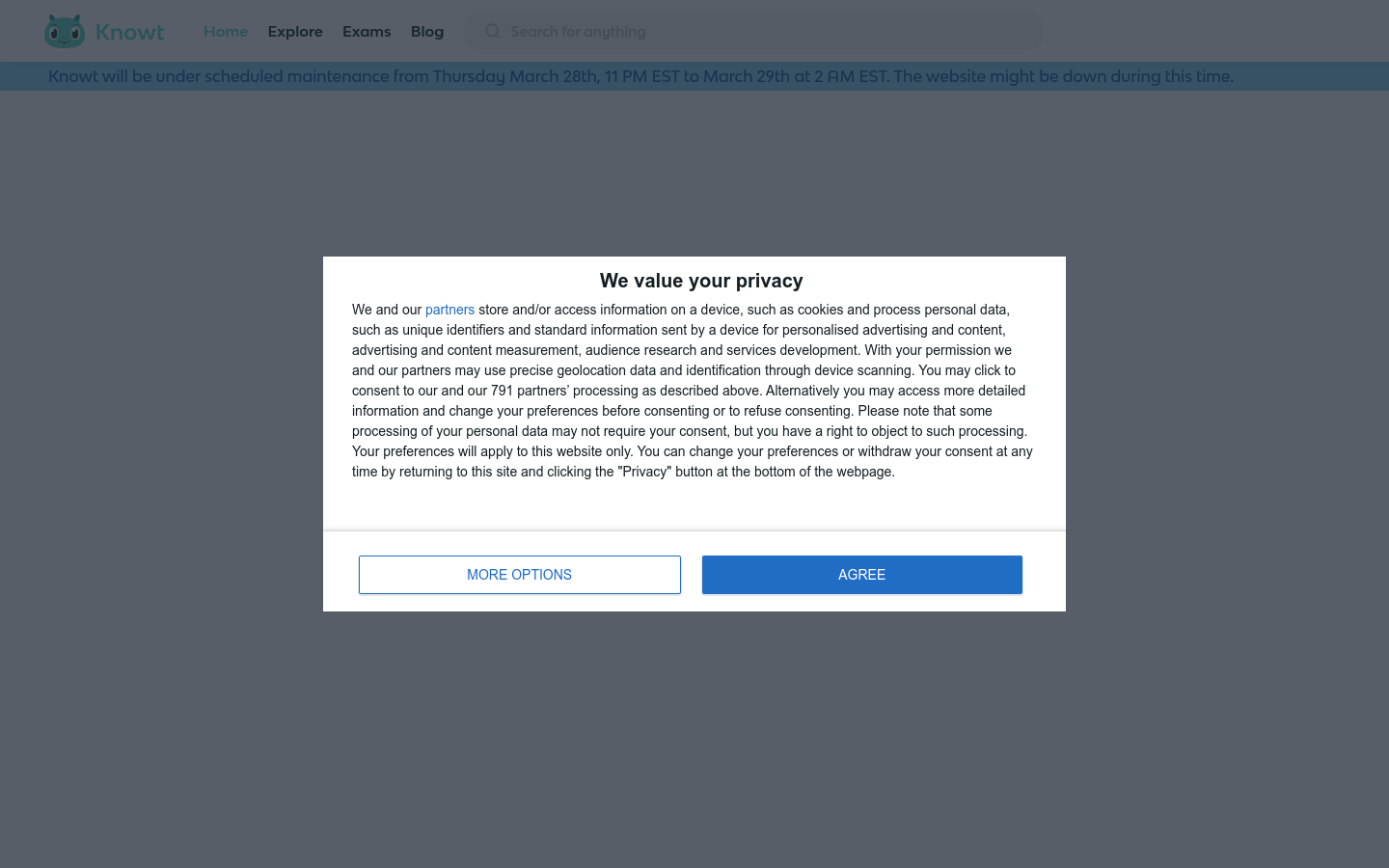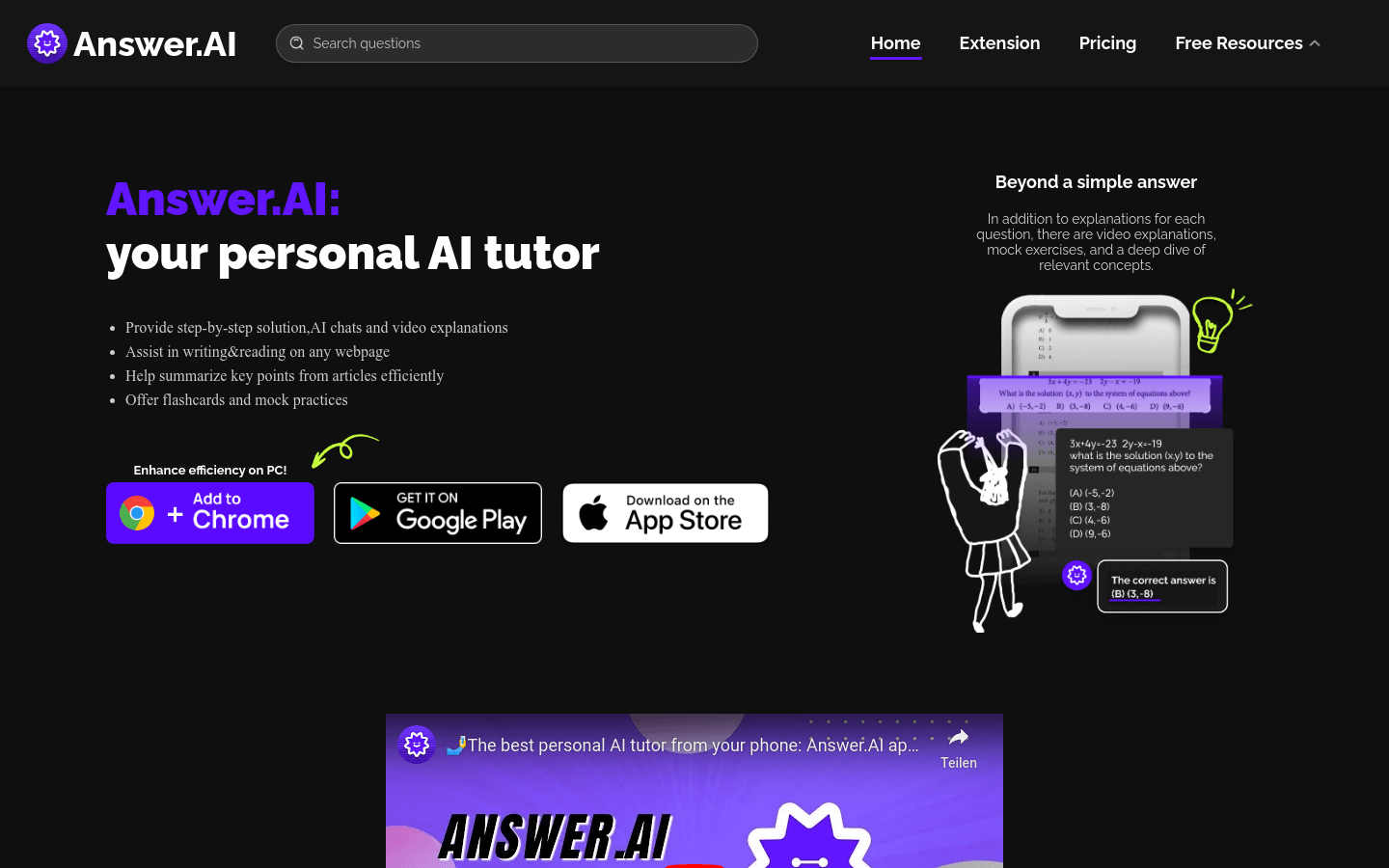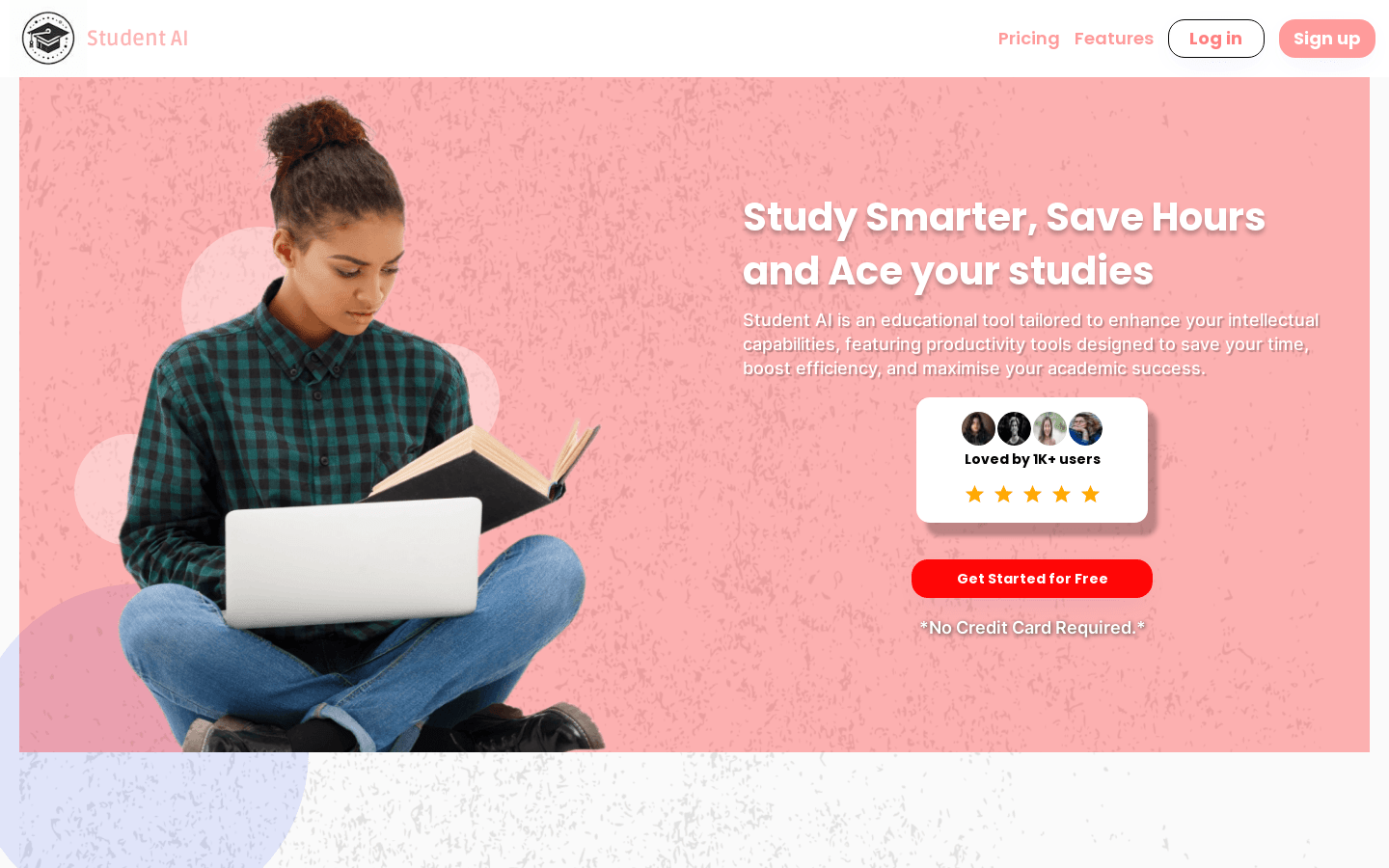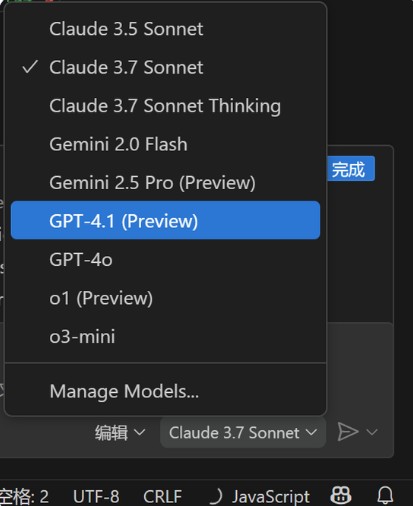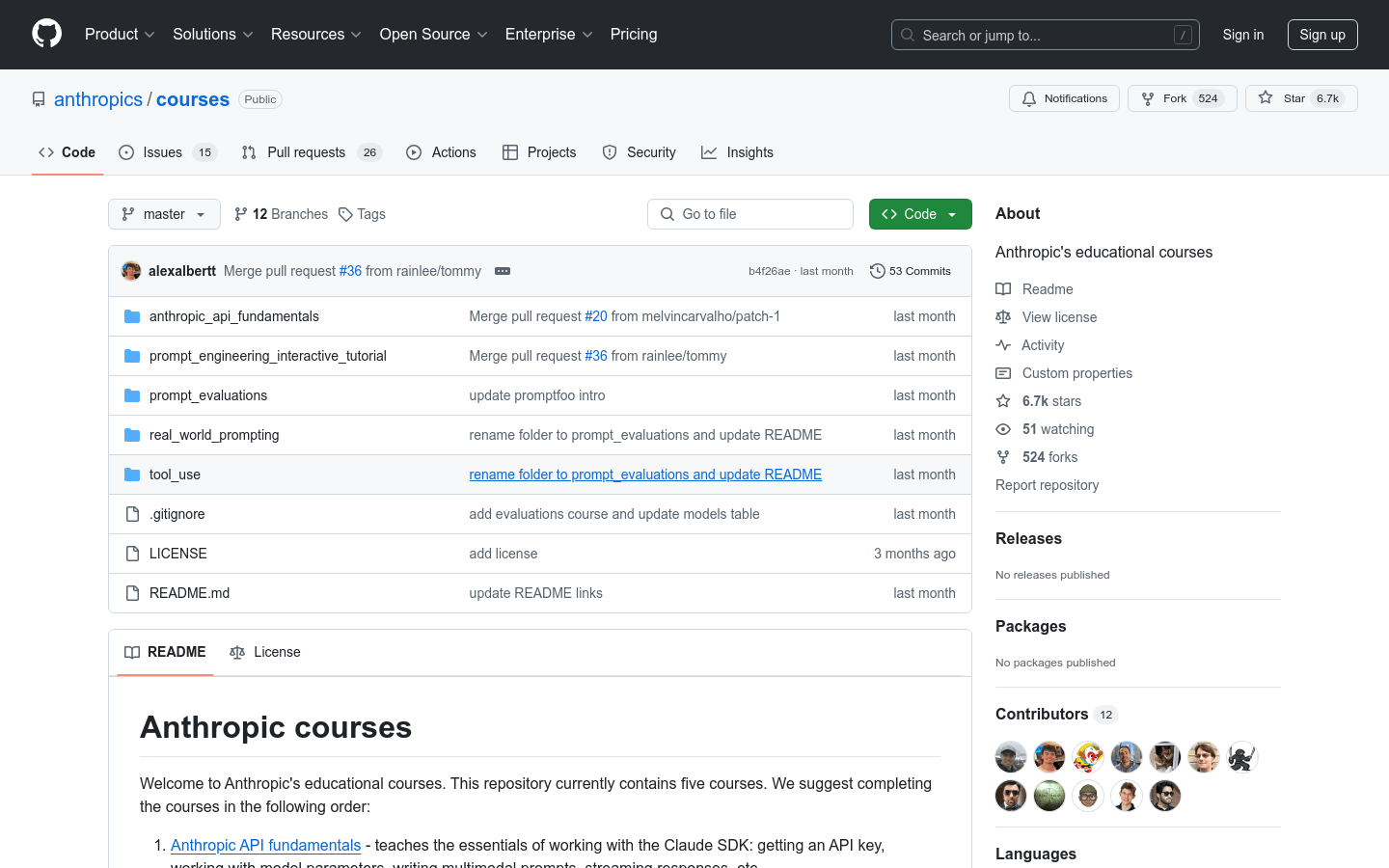
Anthropic's educational courses is an online education platform that provides courses on how to use Anthropic's API and tips engineering techniques. These courses are designed to educate users on how to interact effectively with AI models, improve work efficiency and learn new technologies. Product background information shows that these courses are suitable for professionals and students who want to gain an in-depth understanding of AI technology and API usage, with course content covering multiple levels from basic to advanced.
Demand population:
"The target audience is for students, developers and professionals interested in AI technology and API interaction. These courses are suitable for them because they provide a basic to advanced system learning path, helping them master the skills to effectively interact with AI models and improve their personal technical abilities."
Example of usage scenarios:
Students learn how to obtain and use API keys by studying the Anthropic API Basics course.
Developers have improved their ability to build complex tips through interactive tutorials on prompt engineering.
Professionals have learned to apply AI technology in their actual work through real-world prompt courses.
Product Features:
Anthropic API Basics: Teach how to use the Claude SDK, including obtaining API keys, model parameters, writing multimodal prompts, etc.
Tips Engineering Interactive Tutorial: Provides a comprehensive step-by-step guide to key tip techniques.
Real-world tips: Learn how to apply prompting techniques to complex real-world tips.
Prompt Assessment: Learn how to write a production prompt assessment to measure the quality of the prompt.
Tool Usage: Teach how to successfully implement tool usage in a workflow.
Tutorials for use:
1. Visit the GitHub page of Anthropic's educational courses .
2. Select the corresponding course module according to personal interests and needs.
3. Read the README file for each course to understand the course content and learning objectives.
4. Follow the course guide to complete the exercises and projects in the course step by step.
5. Participate in course discussions and exchange experiences and questions with other learners.
6. After completing the course, you can find more relevant resources and advanced courses on GitHub.

